There are fresh clouds over the relaunch of Jet Airways. According to a report published by CNBC TV18, the Jalan-Kalrock consortium, which won the airline through the Insolvency and Bankruptcy Code (IBC) process, has not yet fulfilled its various payment obligations — and the deadline is just around the corner.
There are two deadlines which the Jalan-Kalrock consortium has to meet and as things stand, it looks to be in danger of missing both.
First, the consortium has to pay INR 52 crore to workmen and employees of the erstwhile airline by the end of business on November 11. Sources say that this payment has not been made as yet. The second deadline has to do with the payment of INR 185 crore to various lenders. The consortium has till November 16 to make this payment, and this has also not been made so far.
Jet Airways' relaunch to delay further due to unpaid payments
ALSO READ - Lenders of Jet Airways threaten bankruptcy over aircraft rental revenues
The consortium had told the court that the effective date for its resolution plan would be May 20, 2022, and as per the resolution plan submitted by it, it had proposed to pay employees within 175 days, and lenders within 180 days from the effective date.
ALSO READ - Jet Airways to make the first tranche of payment to lenders
As reported earlier, the National Company Law Appellate Tribunal (NCLAT) of the Indian government has directed the Jalan-Kalrock consortium to clear unpaid provident funds (PF) and gratuity dues of its former employees. According to sources, this is what has caused the latest delays in the plans.
The Jalan-Kalrock consortium will get ownership of Jet Airways only after the first tranche of payments to lenders is made. So, if the consortium does not get a transfer of ownership, it cannot lease aircraft in the name of Jet Airways.
ALSO READ - Jet Airways hasn’t signed an aircraft leasing agreement yet
The Jalan-Kalrock consortium will get ownership of Jet Airways only after the first tranche of payments to lenders is made.
Also, any delays will mean that Jet Airways' quick return to Indian skies is in jeopardy. The relaunch target has already been extended by the consortium multiple times, with the last target of October also being overshot.
ALSO READ - The planned relaunch of Jet Airways is further delayed till October
But that’s not the only cloud hanging over Jet Airways' relaunch. The recent NCLAT order directed the consortium to pay provident fund and gratuity dues in full for all eligible employees until the commencement of insolvency — that’s till June 2019. Sources say this amount works out to over INR 200 crore. The resolution professional has not yet given the company, the final amount payable, and so this has not been paid so far.
Sources also say that the consortium has not deposited any of the INR 900 core it had committed towards CAPEX and working capital requirements either. So in all, against the proposals and the commitments, the consortium has to pay close to INR 237 crore – not including the statutory dues.
Jet Airways' take-off in its new avatar looks quite uncertain.
So far, the consortium has not responded to queries on this matter. But as things stand, if the two deadlines pass by without payments being made, Jet Airways’ take-off in its new avatar looks quite uncertain.
ALSO READ - Jet Airways relaunch delayed due to unresolved negotiations between the administration & engine makers
Court setbacks for new owners of Jet Airways
The Punjab National Bank (PNB) enjoyed a legal victory last week after a tribunal increased the bank's claims against Jet Airways by INR 2.01 billion (USD 24.5 million). India's National Company Law Appellate Tribunal (NCLAT) allowed the increase on appeal after the bank had its claims slashed from INR 95.6 billion (USD 115.9 million) to INR 75.4 billion (USD 91.4 million) earlier in the airline's restructuring process.
Tribunal chairman Justice Ashok Bhushan and member Barun Mitra ruled in the bank's favour last week following a court earlier approving a restructuring plan put together by the Kalrock Capital-Murari Lal Jalan consortium which is attempting to complete a buyout and relaunch of the grounded airline. Until that happens, PNB retains a 26% shareholding in Jet Airways but the approved restructuring plan saw the bank take a big haircut on its claims.
ALSO READ - NCLAT urged by PNB to quash the rescue plans of Jet Airways
Court setbacks for new owners of Jet Airways
Separately, NCLAT also ordered the Jalan-Kalrock consortium to pay overdue employee pension fund and gratuity payments. Capping off an unsatisfactory week in court for him, Chhawchharia was ordered to make the payments within 30 days. The order was in response to petitions filed by several Jet Airways employee associations.
The Jalan-Kalrock consortium made several financial commitments to Jet Airways creditors, including banks and employees, to get their takeover proposal and restructuring plan approved. This happened despite the objections of five employee groups and three external creditors.
The approved restructuring plan proposed paying each out-of-pocket employee INR 23,000 (USD 279) despite some employees being owed up to INR 8.5 million (USD 103,000). The pension fund and gratuity payments are in addition to this.
The tribunal did not allow the employee's claims for unpaid privileged leave entitlements and a bonus covering the period from April 2018 to June 2019. After numerous delays, there is still no firm date on when the consortium will finalise the takeover and relaunch of Jet Airways.
(With Inputs from CNBC TV18)
Read next
Two out of three flyers want the government to reinstate an upper and lower limit on air tickets similar to the pre-pandemic era, according to a recent LocalCircles study that reveals that rising airfares have scared travellers.
Over 22,000 consumers from 297 different districts responded to the study, which queried consumers about rising travel costs and whether the government should reinstate the pre-Covid price restriction on airfares.
Among the respondents, Tier-1 districts made up 47%, Tier-2 districts made up 34%, and Tier-3, Tier-4, and rural districts made up 19%. About 12,193 replies to the survey's question about whether the government should reinstate fare caps were received. Of those, 65% of airline passengers supported the idea, while 21% opposed it.
India restarted domestic flights in May 2020 after a two-month suspension of regularly scheduled commercial passenger flights, but with restrictions encompassing the entire domestic network: seven sets of floors and ceilings for seven categories of route lengths. With effect from August 31 and after more than two years, the government eliminated the fare cap, allowing the forces of supply and demand in the market to determine the prices.
The government abolished the fare cap with effect on August 31 after more than two years, leaving the market's forces of supply and demand to determine prices
Due to the removal of rate ceilings, airfares decreased by 30% on all routes in September, giving passengers some respite from the eye-watering prices they had to pay in earlier months as airlines cut customer service. Fuel price increases had already been passed on.
According to an aviation analyst, though rates might not increase compared to September levels, they might do so in the current quarter because demand is anticipated to increase by December.
For the current quarter from September, the online travel agency Cleartrip has observed an increase in airfares of almost 6%. For the seven-day period of December 21–31, rival Ixigo's airfares for the routes Bengaluru–Kolkata, New Delhi–Goa, and New Delhi–Bengaluru all increased by 44%, 40%, and 15%, respectively.
The survey participants from LocalCircles expressed dissatisfaction with low-cost carriers' higher prices when compared to full-service airlines.
Nearly 10,000 replies were received to the poll question asking respondents about such situations, and overall 79% of respondents stated that they occasionally saw higher charges for a no-frills service in the previous 12 months.
Over the past 12 months, over 50% of respondents reported finding low-cost airline fares to be more expensive than full-service airlines "very often," 22% reported doing so "sometimes," and 7% reported doing so "once in a while."
Based on the experiences of frequent travellers, the airfares of direct flights and those with short stops along the way are high
The survey finds that the cost of direct flights or those with brief stops along the way is now rather high, based on regular flyers' experiences and a peek at prices on various platforms.
It seems paradoxical to choose flights that will take longer to get to the destination if one is using air travel to go somewhere faster.
Customers complained about low-cost airlines charging them Rs 17,000 for a journey from Delhi to Mumbai without providing food or a choice of seats, while full-service airlines offered them nicer tickets (with food and a choice of seats) for Rs 7,000. Many people questioned whether low-cost airlines were really that, as one of the complainants questioned how an airline could charge Rs 19,000 for an 80-minute flight.
The survey's findings demonstrate that eliminating airfare caps does not actually benefit travellers. However, airlines have benefited greatly as fares have increased by over 20% in many sectors and are likely to continue to rise given the increase in demand.
Read next
The passenger terminal testbed for future electric vertical take-off and landing (eVTOL) is unveiled by Groupe ADP and Skyports at the Pontoise-Cormeilles airport with the assistance of RATP Group, Paris-Région, and the French Civil Aviation Authority (DGAC), which is under the control of the French Ministry of Transports.
The new passenger terminal, which was designed and built by Skyports and Groupe ADP, will serve as a test site for the following passenger services that will be introduced in 2024:
passenger journey: security and check-in processes, passenger dwell time, and aircraft boarding
vehicle integration, ground movement procedures, and charging operations
flight scheduling and passenger information
Passenger terminal of the Vertiport at Pontoise airflied | Group ADP
This passenger terminal serves as a live example of Skyport's efficiency-driven, safety and regulatory compliance approach to AAM infrastructure construction. The vertiport terminal's size, at 115 sq.m., has been carefully assessed to offer enough room to guarantee a comfortable passenger experience with quick throughput while using as little area as feasible. The modular construction makes for a quick and simple build, produces less waste during building, and offers built-in adaptability. Local businesses created and built this terminal, utilizing, whenever feasible, locally available materials.
By 2024, the plan is to create uses for five more vertiports
The logistics, surveillance, and maintenance monitoring, sanitary, and medicinal use cases will all be made easier thanks to the Pontoise testbed.In the medical field, ADP and RATP groups are collaborating with the AP-HP (public assistance hospitals of Paris) to assess the feasibility of a demonstration using light aircraft to meet three transport needs as early as 2024: the transport of biological material, light injuries, or specialized doctors from Paris-Le Bourget, a key health airport for the Paris region.
In Pontoise, we are taking a new decisive step in the development of electric air mobility. The passenger terminal marks the final stage in the development of the Pontoise testbed and the completion of a Volocopter flight fully integrated into the airfield's airspace is the epitome of a year of very ambitious test campaigns. We are now looking ahead to 2024: the development of all uses, sanitary and logistics - Augustin de Romanet, Groupe ADP Chairman and CEO
In order to satisfy the 2024 deadline by providing two lines with passengers between, the abilities established at Pontoise will immediately serve to establish many vertiports throughout the Paris region:
Paris and Versailles (between Paris-Issy-les-Moulineaux heliport and Saint-Cyr l’École airfield)
Paris-Charles de Gaulle and Paris-Le Bourget Airports, and a location in Paris at Quai Austerlitz
The Pontoise-Cormeilles terminal is a physical demonstration of the fact that innovation won’t occur in isolation; it requires collaboration from a multitude of area experts, including operators, vehicle manufacturers, and technology developers, each of which have an important role to play in achieving the ultimate objective of commercial AAM services. With the completion of the terminal, we will now begin comprehensive testing of procedures and technologies in a realistic aviation environment, creating a space for Skyports and consortium partners to accelerate the industry- Duncan Walker, CEO of Skyports
The establishment of these five vertiports is under administrative process. Volocopter is working to get European certification so that its 2X model, which is now the only aircraft authorized by the DGAC for test flights at the Pontoise airfield, can operate at all the aforementioned vertiports.
Group ADP
One of a kind in Europe, the vertiport at Pontoise brings together crucial technical elements for upcoming electric aircraft, such as takeoff and landing zones, passenger terminals, maintenance hangars, and control facilities.
SOURCE: press.groupadp
COVER: Group ADP
Read next
The HondaJet Elite II- the newest aircraft from Honda Aircraft Company is unveiled
Prashant-prabhakar
11 Nov 2022
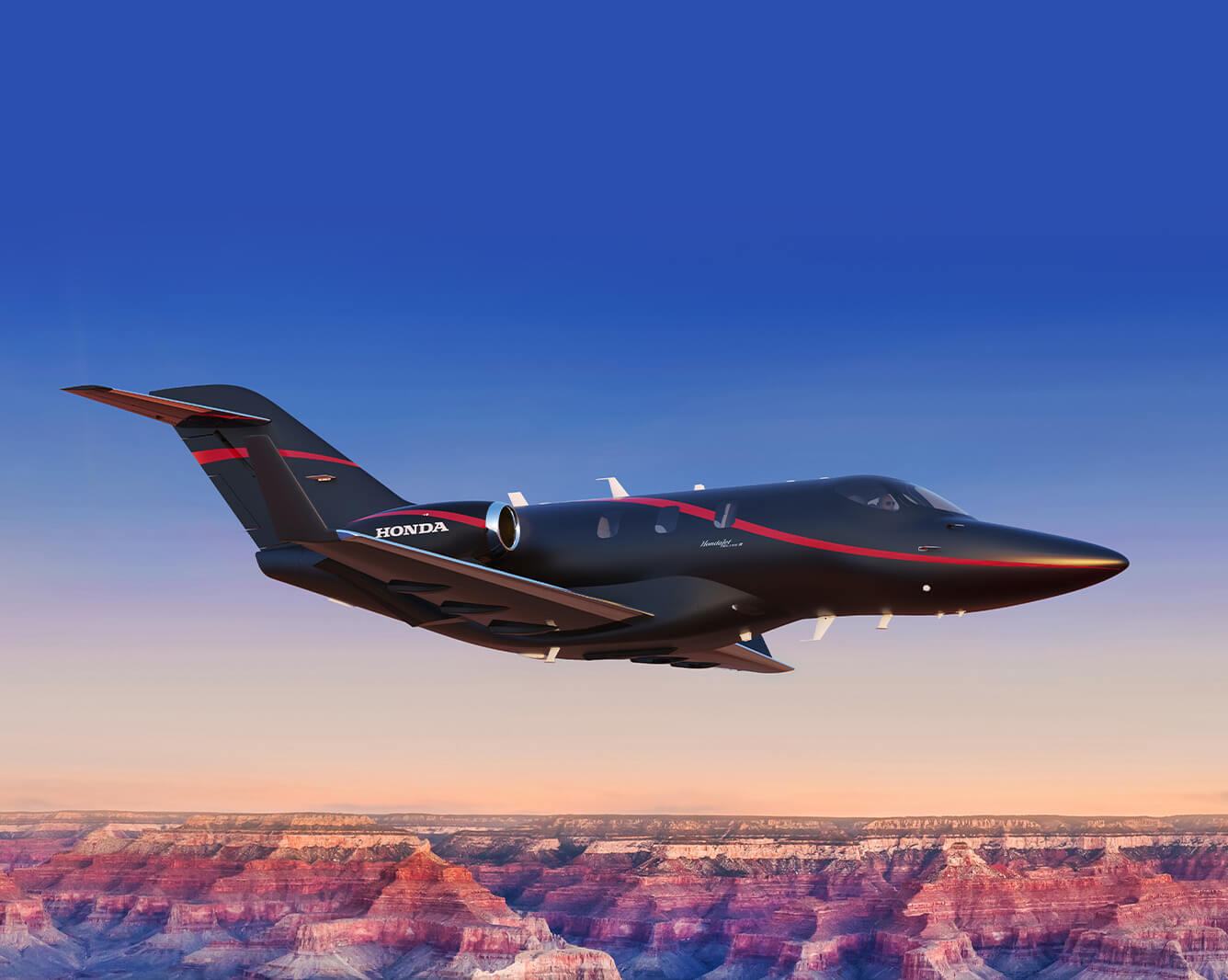
At the 2022 National Business Aviation Convention and Exhibition (NBAA-BACE), Honda Aircraft Company unveiled the "HondaJet Elite II," a new improved aircraft with a number of significant performance and comfort improvements. The introduction of automation technology was also mentioned by the corporation.
The HondaJet Elite II once again pushes the boundaries of its category on all fronts of performance, comfort, and style. We are also excited to take our aircraft forward on the journey of automation by bringing new technologies to the market next year
said Hideto Yamasaki, President & CEO of Honda Aircraft Company
The HondaJet Elite II
The HondaJet Elite II is the class's fastest, highest, and most maneuverable aircraft. Many of Honda Aircraft's technological advancements are included in the HondaJet Elite II, such as the unusual Over-The-Wing Engine Mount (OTWEM) arrangement, Natural Laminar Flow (NLF) nose and wing, and composite fuselage. The GE Honda Aero Engines HF120 are used to power the aircraft as well. The result is an airplane with the largest cabin in its class with outstanding performance, unmatched efficiency, and maximal fuselage space.
The interior of the HondaJet Elite II has been completely remodeled, and two new interior design options, Onyx and Steel, with new surface materials and colors, have been added. With a comprehensive approach to comfort that includes a nose to tail acoustic treatment, the interior redesign created a contemporary luxury of flying that is peaceful for both passengers and pilots.
Outside, the Elite II debuts a striking new Black Edition paint scheme that further distinguishes the aircraft's ramp appeal.
State-of-the-art avionics
Representative | Hondajet
The Elite II introduces several new advanced features enabling more automation and augmentation, which enhances operational safety and reduces pilot workload for more efficient operations while bringing new technologies to HondaJet customers. The Elite II builds on the highly customized HondaJet avionics suite based on the Garmin® G3000:
Stabilized approach: helps the pilot maintain a steady aircraft state during
Autothrottle: decreases pilot effort by automating power management based on desired flying characteristics during all phases of flight, enabling the aircraft to operate with greater accuracy and efficiency (available 2023)
Emergency Autoland: In an emergency, Garmin Autoland activates to control and safely land the aircraft without human assistance (available 2023)
Hondajet
Performance
Range1,547 nautical milesNew Ground Spoileroptimize takeoff and landing field performance with increased weightMaximum Cruise Speed422 KTAS (782 km/h)Hondajet
Honda Aircraft Company has announced its journey toward automation and expects to roll out Autothrottle and Emergency Autoland by the end of 2023. This direction encapsulates the ongoing work to enhance operational safety and decrease pilot workload while connecting with worldwide Honda's commitment to safety technology advancements in the HondaJet through automation, augmentation, and situational awareness technologies.
Representative | Hondajet
Although the US is Honda Aircraft's largest market, its sales and service network is international. The US (FAA), Europe (EASA), Mexico (AFAC), Brazil (ANAC), Argentina (ANAC), Panama (AAC), India (DGCA), Japan (JCAB), Canada (TCCA), China (CAAC), Turkey (DGCA), Pakistan (PCAA), Russia (FATA), and Thailand (CAAT) are among the 14 countries in which HondaJet has achieved type certification.
SOURCE: HONDAJET
COVER: HONDAJET
Read next
Vistara adds new flights to Frankfurt and Paris on its new B787 Dreamliner
Radhika Bansal
11 Nov 2022
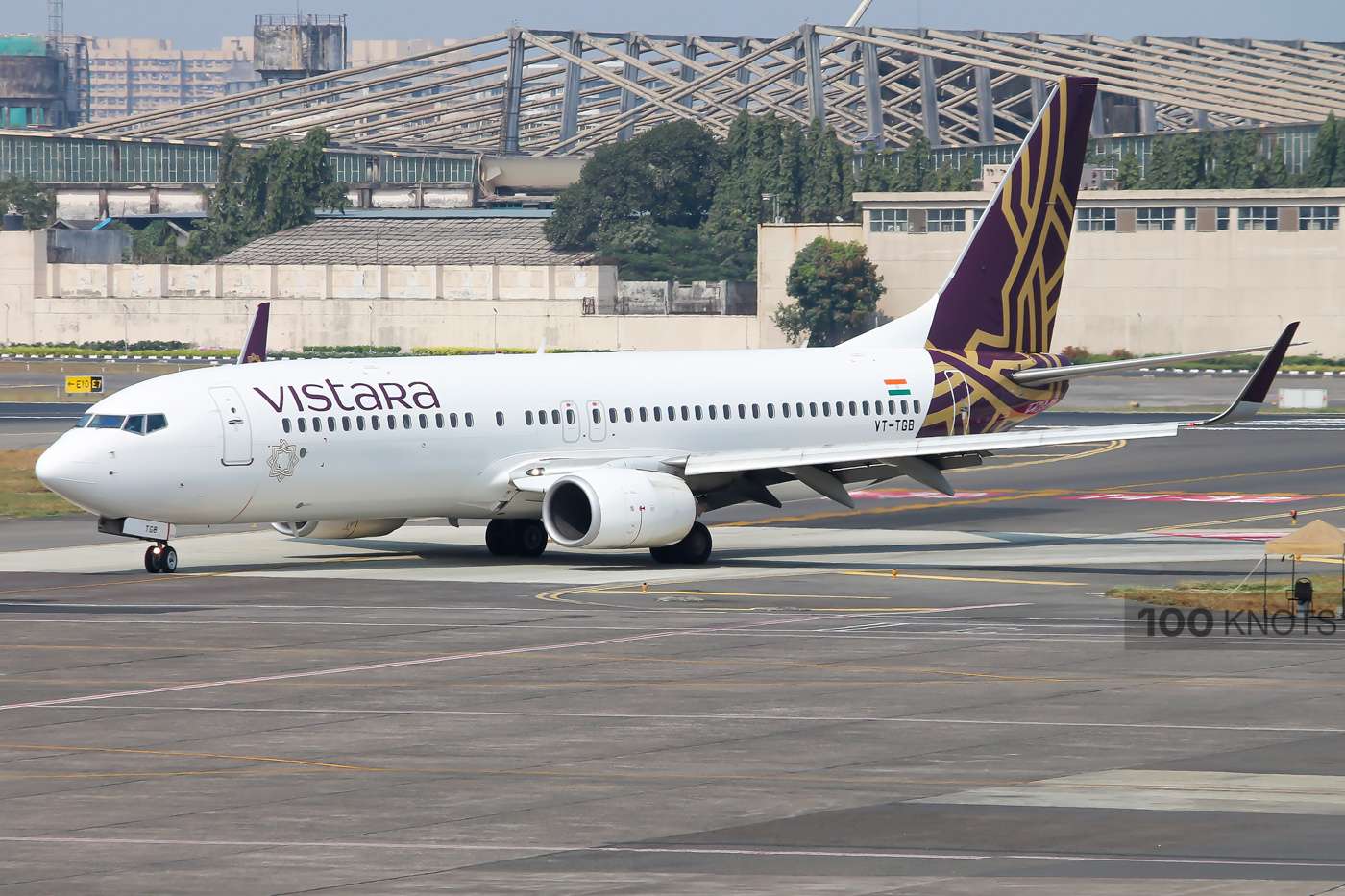
Vistara has increased frequencies to Frankfurt and Paris starting Thursday, November 10. The carrier will now operate six weekly flights between Delhi and Frankfurt, and five weekly flights between Delhi and Paris. Vistara has added these flights as its third Boeing 787-9 Dreamliner joined its fleet recently, following customisation of the leased aircraft.
Vistara’s third Boeing 787-9 Dreamliner comes with a three-class cabin configuration, with 30 seats in Business Class, 36 in Premium Economy and 226 seats in Economy Class. The new aircraft will also feature fully-flat business-class seats, each with direct aisle access.
https://twitter.com/airvistara/status/1587814372940058625
Flights between Delhi’s Indira Gandhi International Airport and Paris Charles De Gaulle will take off five times a week, with frequencies on Monday, Wednesday, Friday, Saturday, and Sunday.
Vistara’s Delhi-Frankfurt route will run six times a week, doubling its current capacity, with flights offered on Monday, Tuesday, Thursday, Friday, Saturday, and Sunday. The carrier advises that the arrival and departure times are currently a guide, subject to approval by Frankfurt Airport.
Flight No.RouteDepartureArrivalUK0021DELHI (DEL) – PARIS (CDG)1345 Hrs IST1840 Hrs CETUK0022PARIS (CDG) – DELHI (DEL)2145 Hrs CET1030 Hrs (+1) ISTUK0025DELHI (DEL) – FRANKFURT (FRA)1355 Hrs IST1845 Hrs CETUK0026FRANKFURT (FRA) – DELHI (DEL)2140 Hrs CET1020 Hrs ISTFLIGHT SCHEDULE
A host of other features in all three cabins are thoughtfully put together to reflect Vistara’s focus on delivering an unparalleled flying experience. These include in-seat screens in all three cabins with High Definition (HD) Displays offering a cutting-edge In-flight Entertainment system powered by Panasonic.
"Europe has been a key focus market for us since the very beginning, and we are glad that our customers appreciate our offerings on these long-haul routes. We have been wanting to ramp up frequencies on these sectors and we are delighted to be able to finally do that."
Deepak Rajawat, Chief Commercial Officer, Vistara
ALSO READ - Delayed 787 Delivery makes Vistara to cancel several flights
Vistara has faced some notable setbacks with its 787 orders, owed to a combination of production issues with the Dreamliner program and the COVID-19 pandemic, leaving the carrier with just two of the type delivered. The airline still has an outstanding order for four aircraft, with deliveries expected to resume in 12-18 months.
ALSO READ - Vistara to add new destinations
Vistara has recently added a range of new routes to its rapidly growing network map, including daily flights between Mumbai and Abu Dhabi and a twice-weekly Mumbai-Dhaka service, launched in October and November, respectively.
ALSO READ - Vistara inaugurates daily non-stop flight between Mumbai and Abu Dhabi
Vistara adds new flights to Frankfurt and Paris on its new B787 Dreamliner
Since 2019, the carrier has added 25% more flights, increasing its international offerings from five to 11. While financial losses slowly crept up during the first half of 2022, the carrier has remained positive, citing increased demand and its dense domestic network.
TATA SIA Airlines Limited, known by the brand name Vistara, is a 51:49 joint venture between Tata Sons Private Limited and Singapore Airlines Limited (SIA). The airline has a fleet of 54 aircraft, including 41 Airbus A320, five Airbus A321neo, five Boeing 737-800NG and three Boeing 787-9 Dreamliner aircraft and has flown more than 35 million customers since starting operations.
Read next
Embraer progressing well with India in building a new-generation turboprop aircraft
Radhika Bansal
10 Nov 2022
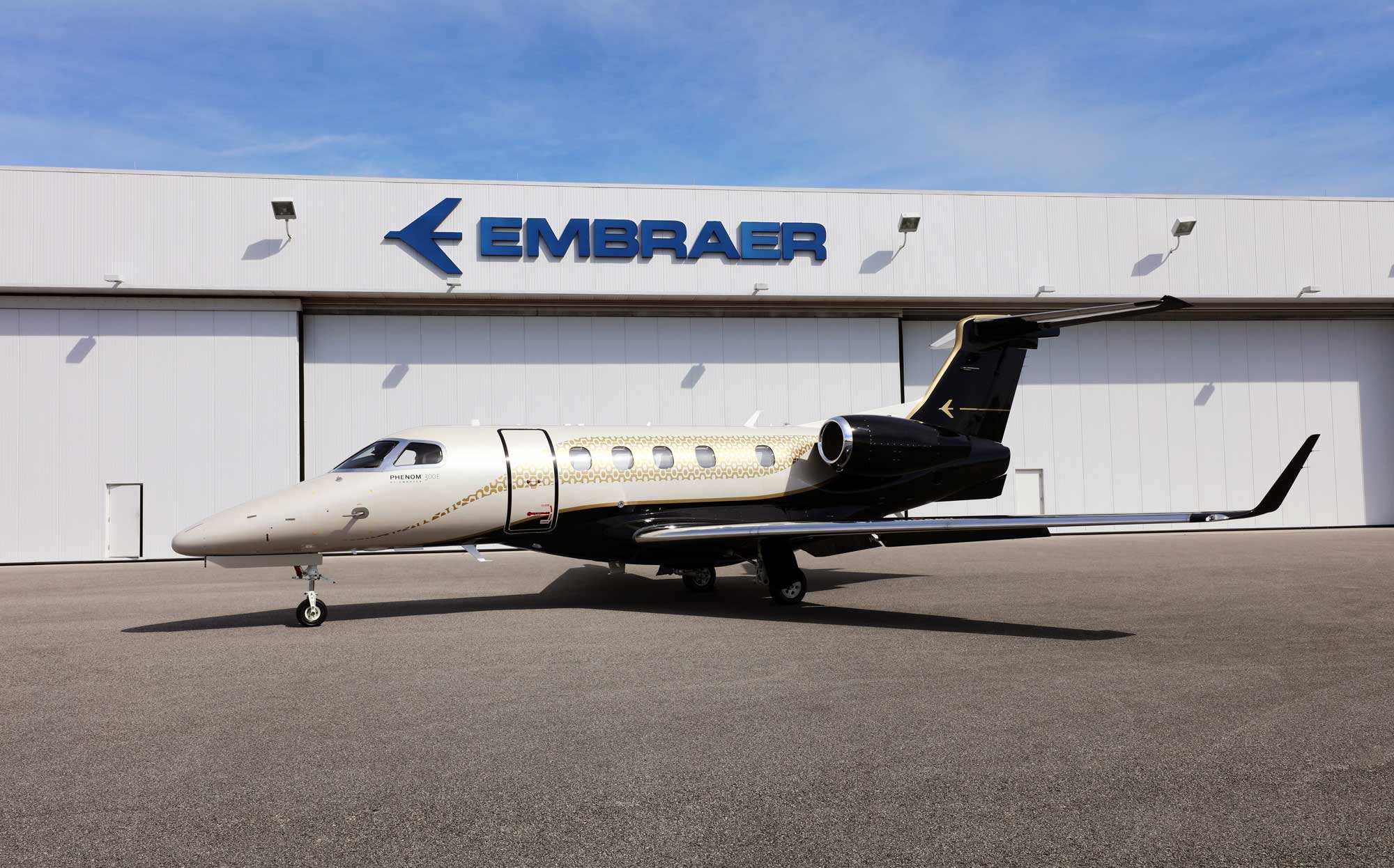
Embraer has said its discussions with Indian and global companies for building a new generation turboprop aircraft are progressing well. The Brazilian plane maker, which produces both civil and military jets, has been scouting for partners for its proposed aircraft programme, which could include the manufacture of planes as well.
“We are in discussions with potential partners in India and globally on a selection of partnering options for the next generation turboprop aircraft — including manufacturing. These discussions are ongoing and progressing well. The next generation turboprop aircraft is in the development phase and a decision to launch the project has not been made."
Embraer
ALSO READ - Embraer in talks with India for collaboration on its upcoming turboprop aircraft
Embraer shared this project update in the backdrop of Prime Minister Narendra Modi’s recent remarks on how India could become a manufacturing hub for large passenger aircraft. He made the remarks at the inauguration of the Tata-Airbus C-295 aircraft manufacturing facility in Vadodara on October 30.
Embraer has more than 1,700 commercial jets in service globally. In July, it released a 20-year market outlook, estimating global demand for turboprops could touch 2,280 units. Of this, it said, around 960 units could come from the Asia Pacific region.
Embraer predicts the world will need around 11,000 new aircraft with up to 150-seats over the next 20 years. The replacement of ageing aircraft will account for 57% of all new deliveries, while 43% will be used to grow markets.
The plane maker feels that there will be a trend toward smaller aircraft, driven by an increasing need for flexibility, connectivity, and efficiency. And this is where its new generation turboprop (TPNG) comes into the picture.
Embraer Commercial Aviation president and CEO Arjan Meijer said the new aircraft "is not a turboprop as we know it." It is more of an E-Jet E-2 aircraft with a different form of propulsion rather than an improved turboprop. The TPNG will have the same cabin experience as the E2, and moving the engines to the rear will mean a much quieter cabin.
Embraer is looking to launch the project sometime in the middle of next year so that the plane could enter service around 2028.
ALSO READ - Star Air to lease 2 Embraer E175 aircraft from Nordic Aviation Capital
In India, Star Air operates five ERJ145 planes and recently signed an agreement to induct two E175 aircraft.
The E175 is its most popular aircraft and US airline Sky West is the largest operator of these planes, with 230 jets. In India, Star Air operates five ERJ145 planes and recently signed an agreement to induct two E175 aircraft. At present, there are also 22 Embraer-made business jets in the country.
Airbus did not respond to a query on the assembly of planes in India. “Boeing is in a sweet spot to continue delivering on our commitment to Aatmanirbhar Bharat,” the US plane maker said. “Our business and supply chain teams are constantly evaluating opportunities where India can continue to become a more significant part of Boeing’s global supply chain,” it added.
Boeing annually sources around USD 1 billion worth of aircraft parts from its network of over 300 suppliers in India. It, however, manufactures all its passenger planes in the US. It has a completion centre in China where seats are fitted in planes built and flown from the US. Airbus has aircraft assembly lines in China and the US.
“Aircraft production rates have still not recovered to pre-Covid levels. Manufacturing and assembly would require billions of dollars in investment plus certified and skilled manpower. Then there is the question of market size. Manufacturers will not duplicate facilities unless there is a sound business case,” said an aviation industry veteran.
(With Inputs from Business Standard)


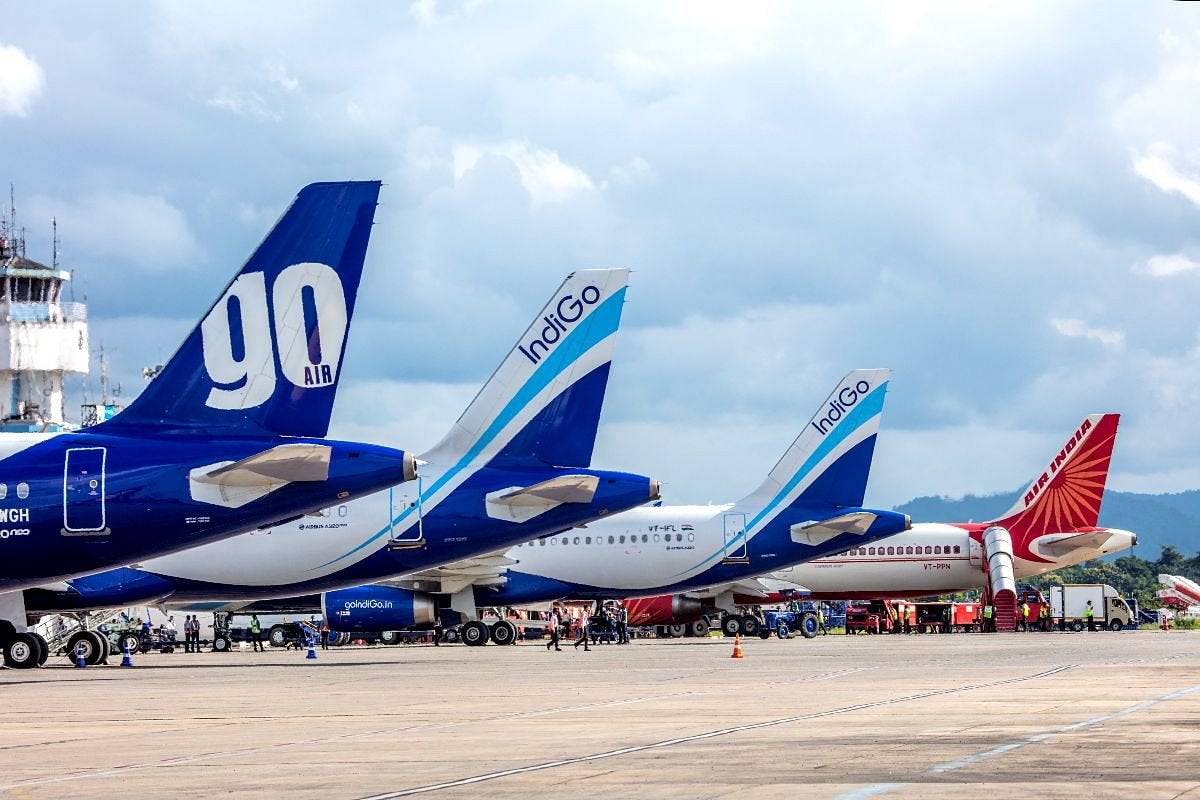

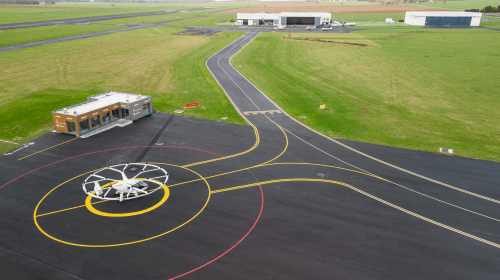
Comment